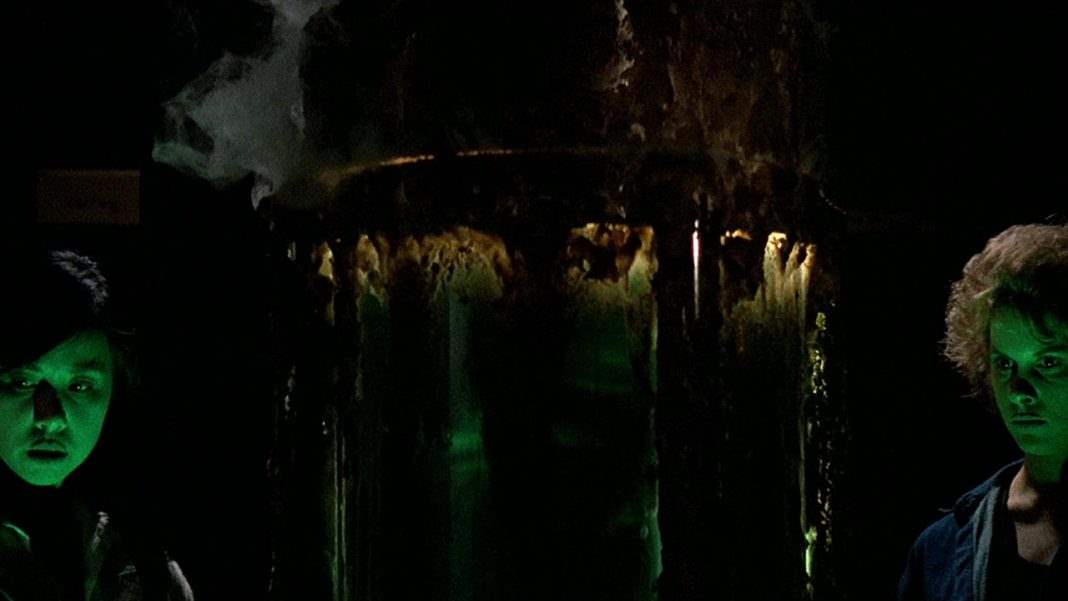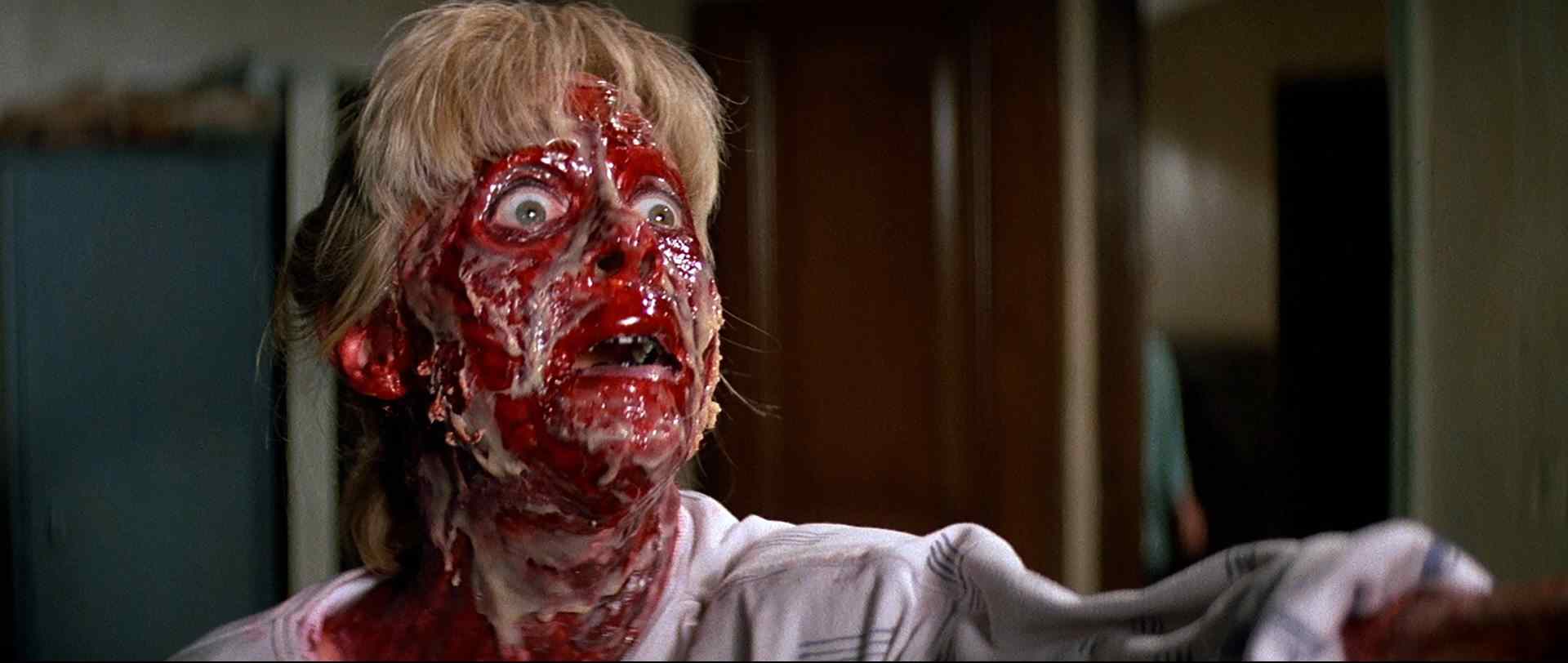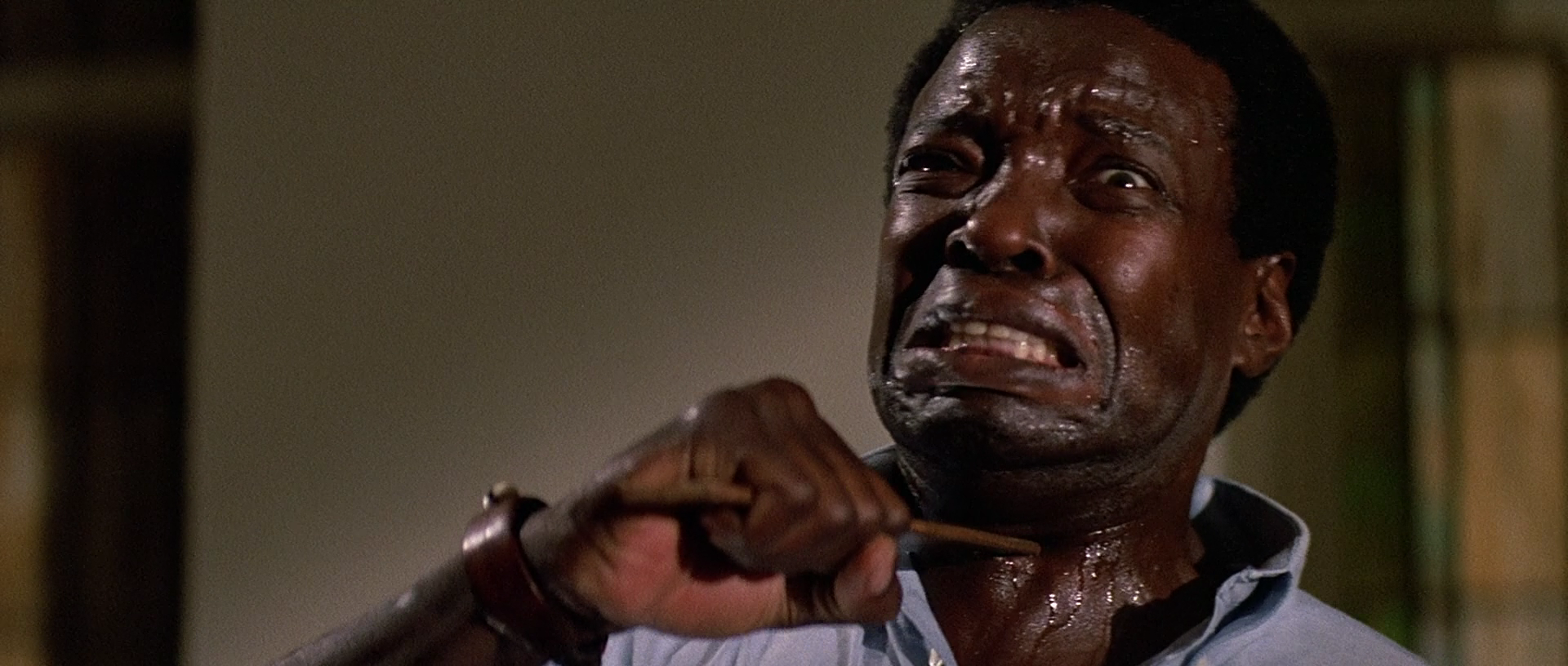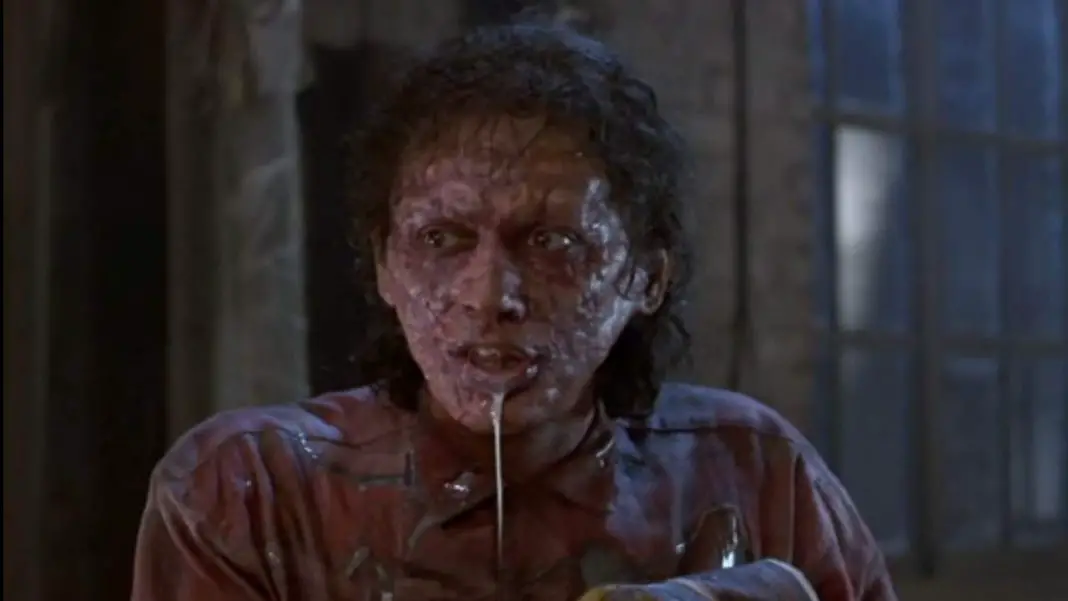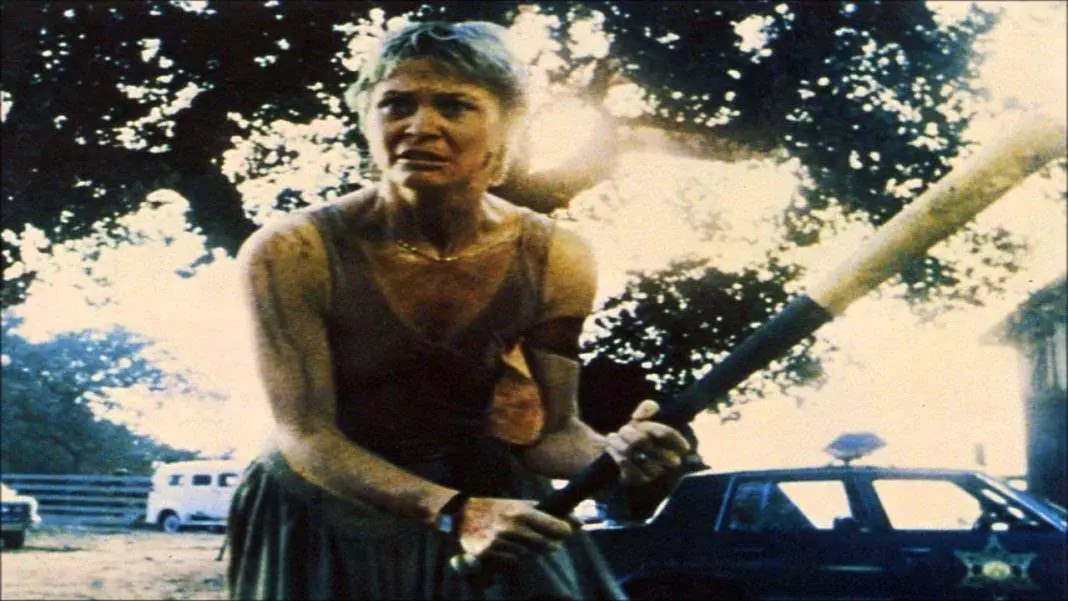John Carpenter’s Prince of Darkness was an unexpected movie that came about at an unexpected time. Through the 1970’s and early ‘80’s, satanic horror had been exhausted to the point that by the end of that decade it had pretty much worn out its welcome. The last thing audiences needed was another Exorcist or Omen. If a horror movie of that type wanted to be memorable, it needed to be different. It needed a new approach.
Luckily, Carpenter found that. His approach could not have been more bold, but there’s a reason he was always labeled as such a rebellious filmmaker. With Prince of Darkness, he decided to examine Satanic horror through a lens it had never been viewed through before: science. This is supernatural horror told as though it were science fiction.
The very fact that Prince of Darkness treats Christian mythology as science fiction is apt to throw many people off, but it’s an undeniably unique approach. It’s a concept that is handled very well. With a lesser director at the helm, the whole thing could very easily have collapsed under its own ambition.
But Carpenter knows what he’s doing. The bulk of the movie takes on a tone and structure very similar to that of Assault on Precinct 13, as the cast of characters find themselves trapped inside an old church with the forces of evil surrounding them outside. It works, though.Keeping the plot minimalist allows Carpenter to explore the ideas of the script to their full potential. The style also harkens back to the Howard Hawkes pictures that influenced Carpenter as a filmmaker. But the twist on this Rio Bravo scenario is that the evil is not only outside the church, but inside as well, possessing the research team one by one.
The science of Prince of Darkness might be Stan Lee science (IE: it’s a radioactive spider, just go with it) but that doesn’t make it any less of an interesting concept. Portraying Satan as a sentient, infectious liquid is so bizarre that it’s immediately appealing. The demonic force begins to spread like a disease, passing from one person to the next through an exchange of fluids. The kicker of this rewritten mythology, which is sure to turn the most people off, is when the film reveals that this evil has been here for as long as there has been life on this planet and that Jesus Christ was actually an alien being who had been sent to warn mankind about it.
 It’s a blending of gothic melodrama and classic, pulpy sci-fi. Two things that Carpenter has shown to have a great affinity for in his work, things almost all horror filmmakers love, but things that were very rarely ever mixed together. Really, the only film to attempt it before Prince of Darkness was Alien, and of course that proved to be a great success as well. Even still, Alien is very subtle whereas Prince of Darkness unashamedly wears its influence on its sleeve.
It’s a blending of gothic melodrama and classic, pulpy sci-fi. Two things that Carpenter has shown to have a great affinity for in his work, things almost all horror filmmakers love, but things that were very rarely ever mixed together. Really, the only film to attempt it before Prince of Darkness was Alien, and of course that proved to be a great success as well. Even still, Alien is very subtle whereas Prince of Darkness unashamedly wears its influence on its sleeve.
Yet it’s a great, underrated possession movie at the same time. It may explore heavy theological, philosophical and astrophysical themes, but it is never bogged down by them. It’s Night of the Living Dead vs. Evil Dead but still manages to feel fresh, mixed in with heavy sci-fi elements. It’s very funny, too. Carpenter’s always been good at balancing out the scares with an occasional witty remark, but there’s a lot of humor in there to relieve the tension.
It came at a time when nobody was expecting it. People were even beginning to wonder if John Carpenter had given up on horror altogether, having just come off of directing Starman, Big Trouble in Little China and They Live when he took on Prince of Darkness. It didn’t find its audience at the time of its release, either, but that’s been the case with too much of the director’s work. Even now, Prince of Darkness is only just beginning to be recognized as a cult classic. But it will find its audience eventually, I have faith in that.
